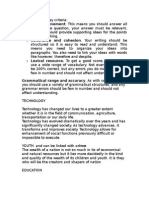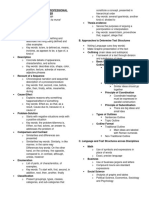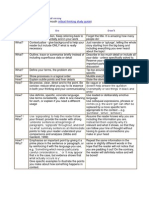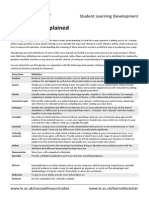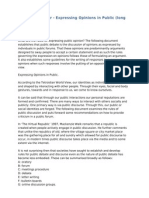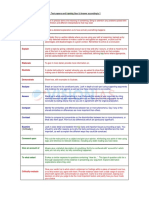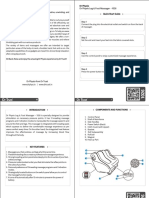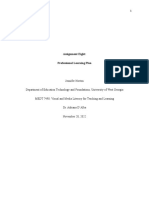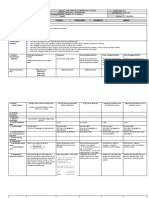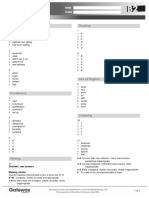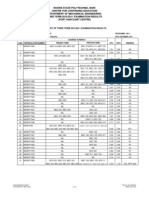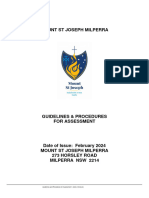0% found this document useful (0 votes)
27 views7 pagesCritical and Argumentative Writing Lecture Notes
The document outlines the principles of critical and argumentative writing, emphasizing the importance of analysis, evaluation, and presenting a supported point of view. It describes two methods of presenting arguments: the inductive approach, which considers both sides before stating a personal view, and the deductive approach, which immediately states a personal view and supports it with evidence. Additionally, it discusses the significance of comparing and contrasting ideas, evaluating different perspectives, and providing reasons and explanations in academic writing.
Uploaded by
victorious MakolaCopyright
© © All Rights Reserved
We take content rights seriously. If you suspect this is your content, claim it here.
Available Formats
Download as PDF, TXT or read online on Scribd
0% found this document useful (0 votes)
27 views7 pagesCritical and Argumentative Writing Lecture Notes
The document outlines the principles of critical and argumentative writing, emphasizing the importance of analysis, evaluation, and presenting a supported point of view. It describes two methods of presenting arguments: the inductive approach, which considers both sides before stating a personal view, and the deductive approach, which immediately states a personal view and supports it with evidence. Additionally, it discusses the significance of comparing and contrasting ideas, evaluating different perspectives, and providing reasons and explanations in academic writing.
Uploaded by
victorious MakolaCopyright
© © All Rights Reserved
We take content rights seriously. If you suspect this is your content, claim it here.
Available Formats
Download as PDF, TXT or read online on Scribd
/ 7



